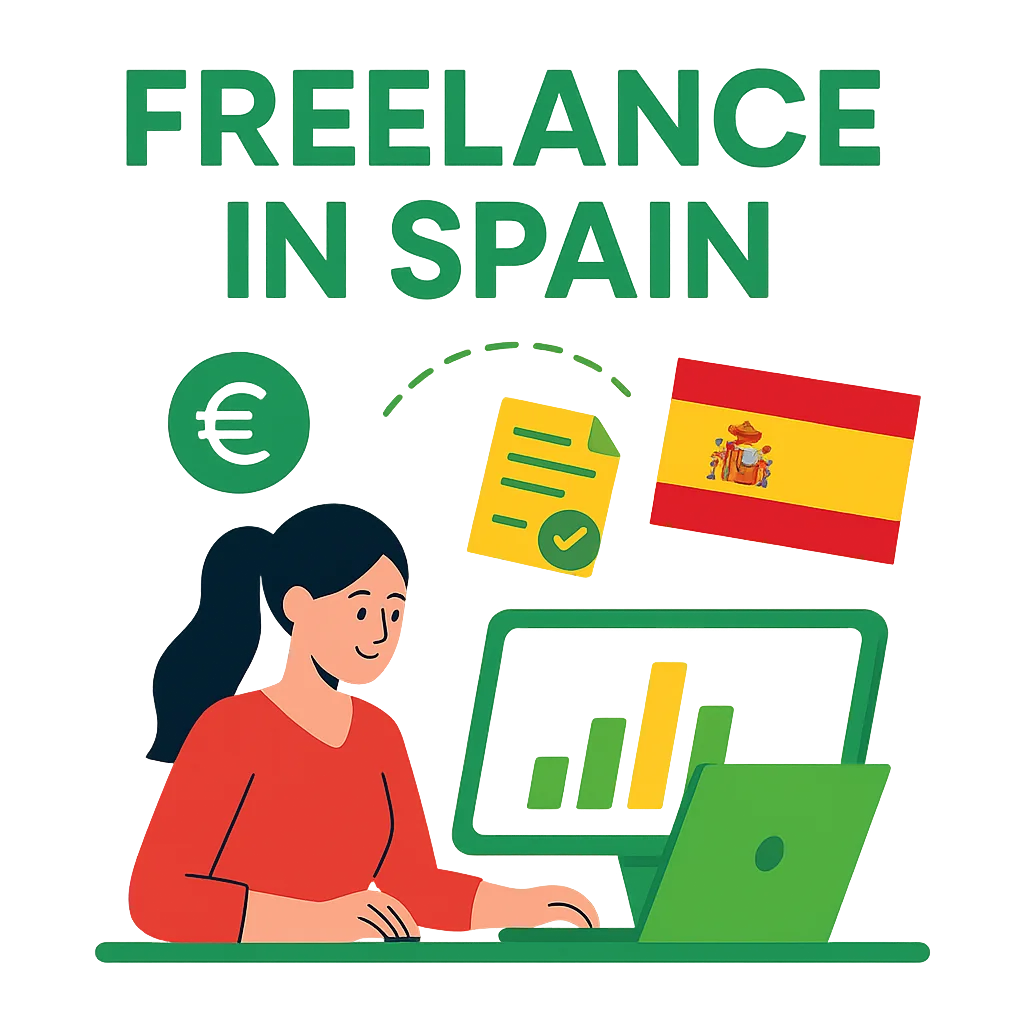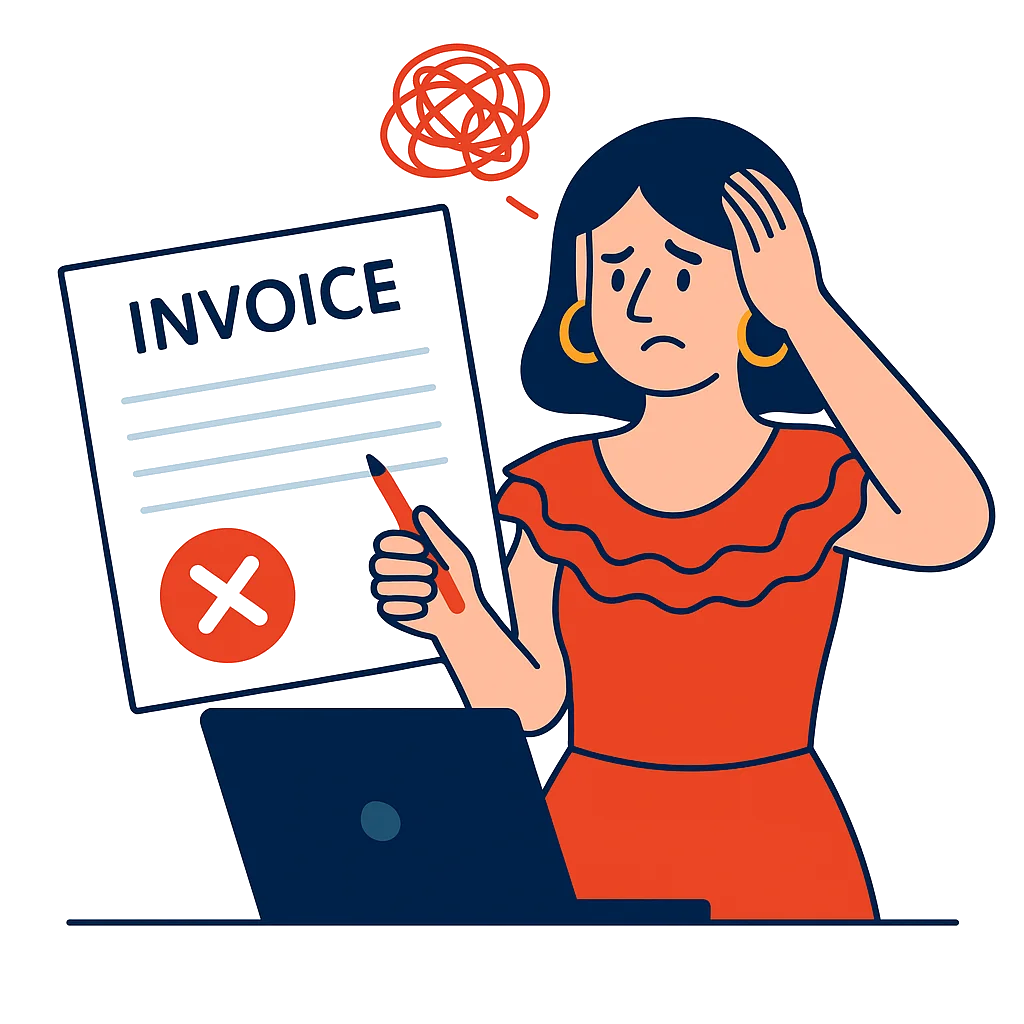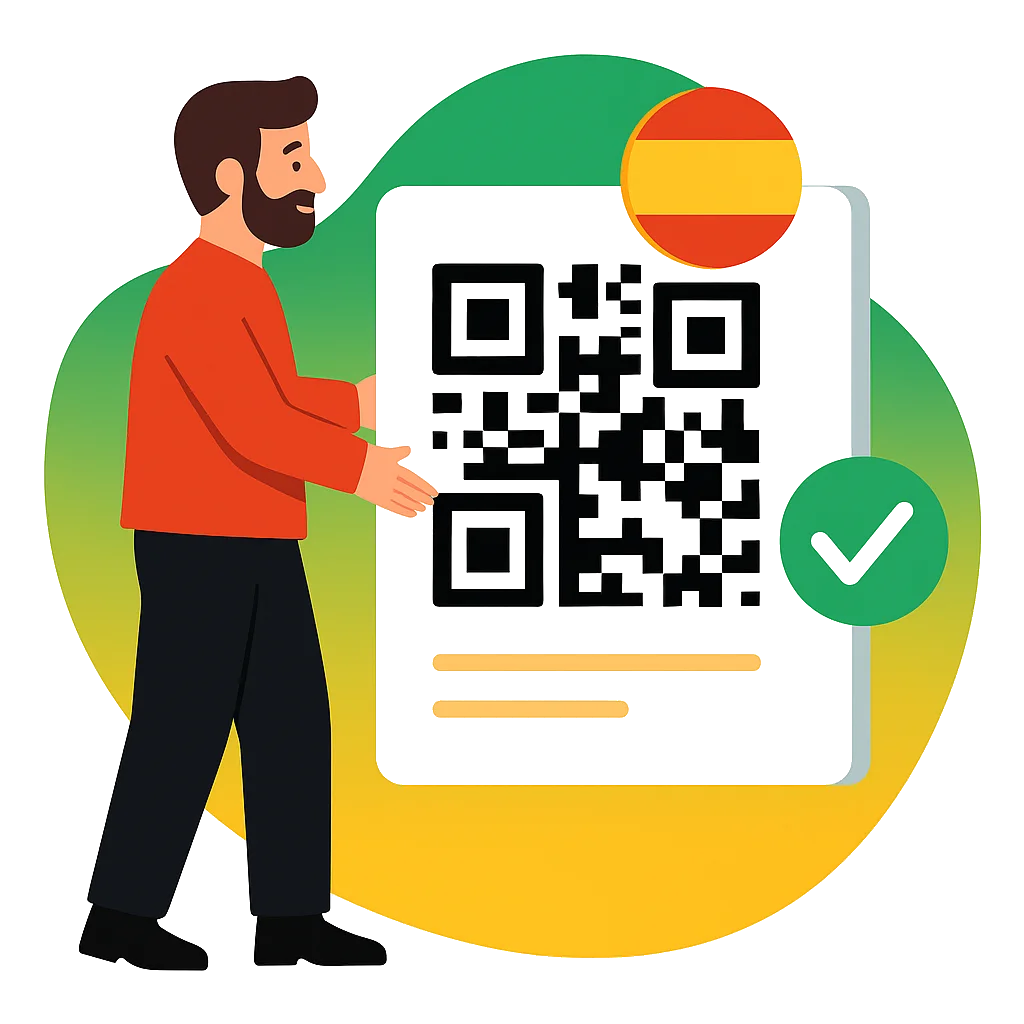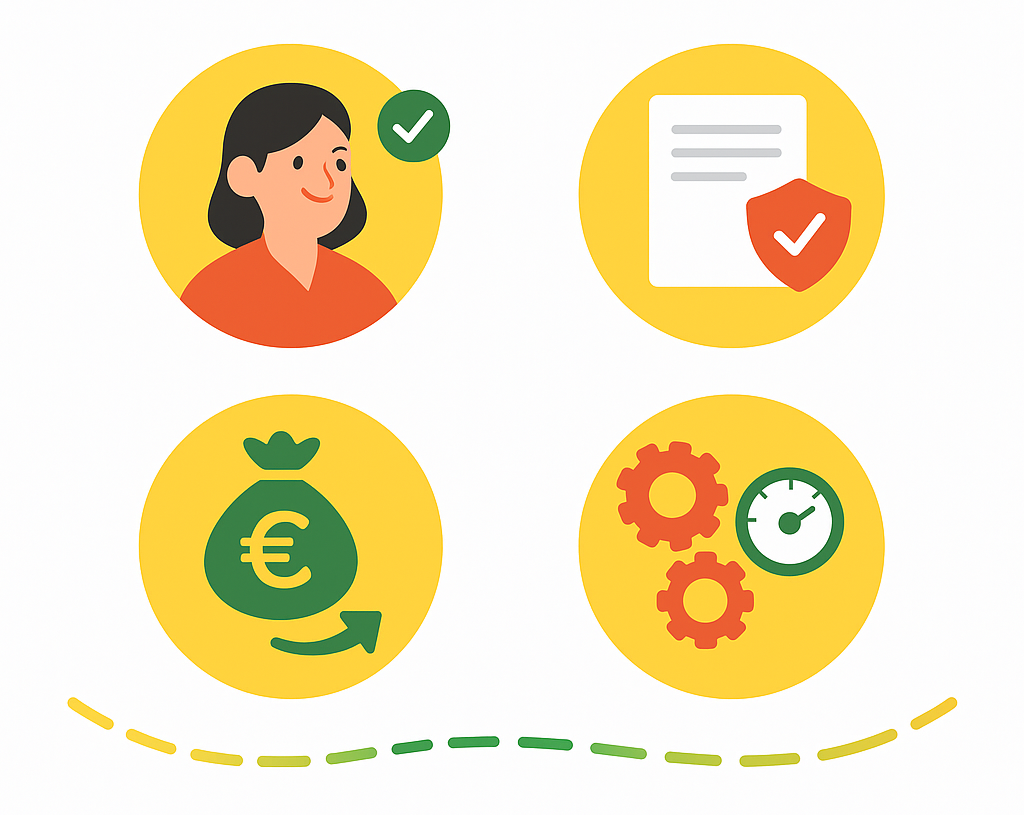TaxOle vs Excel: Why Invoicing with Excel is a Ticking Time Bomb
Let’s talk about your most trusted, most familiar, and most dangerous employee: your Excel spreadsheet. We all have one. It’s that sacred template, probably passed down through generations of autónomos, that you use for your invoicing. It feels comfortable, familiar, and best of all, “free.” You’ve been invoicing with Excel for years, and it seems to work just fine.
But here’s the hard truth, amigo: continuing to use that spreadsheet is like using a map from 1992 to navigate Madrid. You’re going to get lost, you’re going to get stressed, and you’re eventually going to drive straight into a massive, expensive fine from the Hacienda.
The game has changed in Spain. We’re here to explain why the old way of invoicing with Excel is not just inefficient anymore—it’s a ticking time bomb for your business.
The Familiar Foe: The Pros and (Hidden) Cons of Invoicing with Excel
We get the appeal, we really do. For years, invoicing with Excel was the go-to method for freelancers and small businesses. Why?
- It’s Familiar: You know your way around the cells and formulas.
- It’s “Free”: It came with your computer, so it feels like it costs nothing.
- You Feel in Control: You can tweak every little detail and save the file exactly where you want it.
But this comfort is a trap. The hidden costs of invoicing with Excel are enormous. You’re paying a high price in wasted time, a less-than-professional image, and a constant, nagging fear of making a tiny error that could cost you dearly. It’s a system that offers the illusion of control while actually creating more risk and more work.
The Legal Knockout: Invoicing with Excel and the Verifactu Law
This is the most important part of the article. If you only read one section, make it this one. The new anti-fraud law in Spain, known as Verifactu, makes invoicing with Excel obsolete and, from January, 2026, completely illegal for business use.
The law requires that any software used for invoicing must guarantee the integrity, traceability, and unchangeability of every single invoice. Your beloved Excel template fails on every single count.
Here’s exactly why invoicing with Excel is not compliant with Verifactu:
- No Chained Hash: The law requires every invoice to have a unique digital fingerprint (“hash”) that is cryptographically linked to the previous invoice. This creates an unbreakable chain. Excel can’t do this. It’s like trying to make paella in a coffee maker.
- No Automatic QR Code: Every invoice must have an official QR code. You can’t just generate a random one online; it has to be linked to the secure invoice record. Excel can’t do this.
- It’s Not Tamper-Proof: The entire point of Verifactu is to prevent invoices from being deleted or changed after they are issued. With Excel, you can change anything, anytime. You could delete a file by accident. This is the exact opposite of what the law requires.
Sticking to invoicing with Excel after the deadline isn’t just a bad idea; it’s an invitation for a fine that could start at €10,000.
Beyond the Law: 5 Ways Invoicing with Excel is Secretly Killing Your Business
Even if the law didn’t exist, invoicing with Excel would still be a terrible deal for your business. Here are five ways your spreadsheet is holding you back.
1. It Devours Your Precious Time
Think about it. Every invoice requires you to manually enter data, double-check calculations, and save a new file. It probably takes you 5-10 minutes per invoice. If you send just 20 invoices a month, you’re wasting over 3 hours. That’s more than 36 hours a year—a full work week you could have spent on billable work or on a beach in Cádiz.
2. It Makes You Look Unprofessional
Your invoice is a reflection of your brand. A generic, sometimes messy, Excel template doesn’t scream “professional.” A sleek, beautifully branded invoice created with a dedicated tool shows you’re a serious business that cares about details. It builds trust before your client even thinks about paying.
3. It’s a Playground for Human Error
A typo in a client’s NIF, a small mistake in an IVA calculation, a duplicated invoice number because you forgot to “Save As”… these tiny errors can cause huge problems. They can lead to payment delays, issues for your client’s accounting, and red flags for the Hacienda. With invoicing with Excel, these errors are inevitable.
4. You Have Zero Financial Visibility
Your Excel files are just a collection of dead documents. They can’t tell you your total income for the quarter at a glance. They can’t show you which clients are late on payments. They can’t give you any real-time insight into the financial health of your business. You’re flying blind, making decisions based on guesswork instead of data.
5. It’s Not Secure
Your computer could crash. A virus could corrupt your files. You could accidentally delete the entire folder. Relying on local files for your most critical business records is incredibly risky. Moving away from invoicing with Excel to a cloud-based platform means your data is securely backed up and accessible from anywhere.
The TaxOle Upgrade: Your Life After Invoicing with Excel
So, what does life look like when you break up with your spreadsheet? With a smart, dedicated tool like TaxOle, you go from manual chaos to automated bliss.
Imagine this: instead of spending hours on tedious admin, you create and send a 100% legal, professional, and Verifactu-compliant invoice in under 60 seconds. All your client data is saved. All calculations are perfect. The QR code appears automatically. You have a clear dashboard of your finances. This isn’t a dream; it’s just what a modern invoicing software does.
It’s Time to Break Up with Your Spreadsheet
We know it’s hard. That Excel template has been with you through thick and thin. But it’s time to face the facts: it’s inefficient, it’s unprofessional, and soon, it will be illegal.
Continuing with invoicing with Excel is like choosing to ride a donkey to a Formula 1 race. You’re not just going to lose; you’re putting yourself in danger. Making the switch to a real invoicing software isn’t a cost; it’s an investment in your time, your professional image, and your peace of mind.






